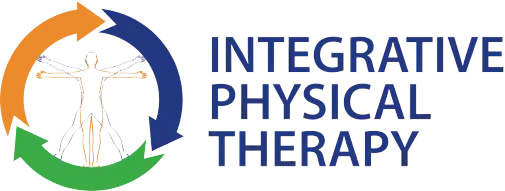Knee pain is a common condition that affects people of all ages. It can be caused by various factors, including injury, arthritis, or overuse. Chronic knee pain is a persistent pain that lasts for more than three months and can severely affect a person’s daily activities. If left untreated, chronic knee pain can lead to further complications, such as muscle weakness and limited mobility. However, dry needling, a treatment technique that uses thin needles to stimulate trigger points in the muscle, may provide relief for chronic knee pain.
What is Dry Needling?
Dry needling is a technique that uses thin needles to stimulate trigger points in the muscle. Trigger points are tight knots in the muscle that can cause pain and discomfort. By inserting the needle into the trigger point, the therapist can release tension and improve blood flow, which can provide pain relief. Dry needling is a minimally invasive procedure that can be performed in a clinic or office setting.
How Can Dry Needling Help with Chronic Knee Pain?
Chronic knee pain can be caused by various factors, such as arthritis, overuse, or injury. However, regardless of the cause, chronic knee pain can lead to muscle imbalances, weakness, and limited mobility. By releasing the tension in the muscles surrounding the knee joint, dry needling can help improve joint mobility, reduce pain, and promote healing.
Here are some ways that dry needling can help with chronic knee pain:
Reducing Muscle Tension
Dry needling can help reduce muscle tension by releasing trigger points in the muscles surrounding the knee joint. When a muscle is tight, it can cause pressure on the surrounding structures, such as the joint and nerves, leading to pain and discomfort. By releasing the tension in the muscles, dry needling can reduce the pressure on the knee joint and nerves, which can provide pain relief.
Improving Blood Flow
Dry needling can also improve blood flow to the affected area. When a muscle is tight, it can restrict blood flow, leading to poor oxygenation and nutrient delivery to the surrounding tissues. By stimulating the muscle with a needle, dry needling can increase blood flow to the area, which can promote healing and reduce pain.
Restoring Range of Motion
Chronic knee pain can cause limited mobility and range of motion in the joint. By releasing the tension in the muscles surrounding the knee joint, dry needling can help restore range of motion, improve joint mobility, and reduce pain. This can also help prevent further injury and improve overall function.
Triggering the Body’s Natural Healing Response
Dry needling can also trigger the body’s natural healing response. When a needle is inserted into a trigger point, it causes a micro-trauma, which stimulates the body’s healing process. This can lead to the release of natural painkillers, such as endorphins, and can help reduce inflammation, promote healing, and provide pain relief.
Enhancing the Effects of Other Treatments
Dry needling can also enhance the effects of other treatments for chronic knee pain. For example, if a patient is undergoing physical therapy for knee pain, dry needling can help release muscle tension and improve mobility, which can enhance the effects of physical therapy.
How is Dry Needling Performed?
Dry needling is a minimally invasive procedure that can be performed in a clinic or office setting. Here’s what to expect during a dry needling session:
Assessment
Before the dry needling session, the therapist will assess the patient’s condition and determine the location of the trigger points. They will also ask about the patient’s medical history and any medications they are taking.
Preparation
The therapist will clean the skin around the affected area and sterilize the needles. They may also apply a numbing cream to the skin to reduce any discomfort during the procedure.
Insertion of Needles
The therapist will then insert the thin needle into the trigger point, which may cause a mild twitch response in the muscle. The needle will remain in place for a few seconds before being removed.
Post-Treatment Care
After the dry needling session, the therapist may recommend stretching exercises to help improve mobility and reduce any soreness. They may also recommend ice or heat therapy to reduce any inflammation or swelling in the area.
It’s important to note that dry needling is not a one-time fix and may require multiple sessions to see significant results. The number of sessions needed will depend on the severity of the knee pain and the patient’s response to the treatment.
Are There Any Risks or Side Effects of Dry Needling?
As with any medical procedure, there are risks and side effects associated with dry needling. The most common side effect is temporary soreness or discomfort in the affected area. In rare cases, dry needling can cause bruising, bleeding, or infection.
It’s important to ensure that the therapist performing the dry needling procedure is properly trained and licensed to avoid any complications.
Conclusion
Chronic knee pain can significantly impact a person’s quality of life, but dry needling may provide relief for this condition. By releasing tension in the muscles surrounding the knee joint, improving blood flow, restoring range of motion, triggering the body’s natural healing response, and enhancing the effects of other treatments, dry needling can be an effective option for managing chronic knee pain.

